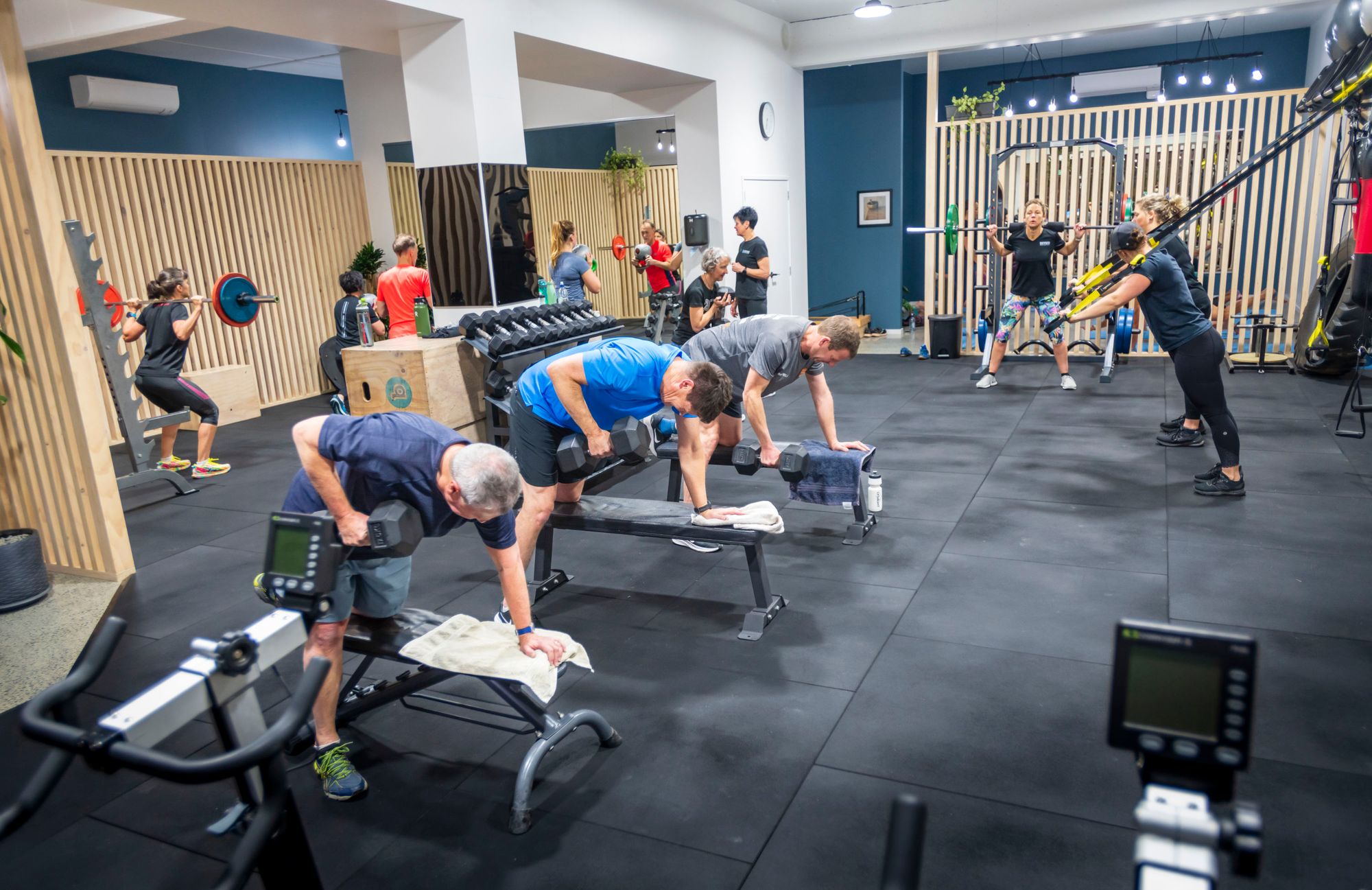
How to Train for Strength
Here is why your not progressing in the gym
Are you a regular gym goer or athlete but struggle to see results? Feel like you're always standing still, never progressing your weights or reaching your goals? Are you training specifically to meet your desired outcomes? Training in the gym is way more than just 3 sets of 10 reps.
Strength training
If your goal is to get stronger and hit some new PBs in the gym, then strength-focused training is the way to go. This kind of training uses heavier weights, fewer reps, and longer rest periods to let you lift at your best.
You’ll be working on both the lifting (concentric) and lowering (eccentric) parts of each movement to build total strength. The key is using smart, structured programming with exercises that push your max strength and help you produce serious force when it counts
Hypertrophy training
Your training goal might be all about aesthetics—and that’s totally valid. Hypertrophy training focuses on increasing the size of your muscle fibers and overall muscle mass.
To build muscle, you'll typically use moderate weights, do a moderate to high number of reps, and take moderate rest between sets. It’s all about creating the right kind of challenge for your muscles to grow.
Power training
If you’re an athlete with a solid strength base and you’re looking to take your performance up a notch, power training is where it’s at. This style of training uses very low reps with heavy resistance, and the key is moving as fast and explosively as possible. Because of how intense it is, your body also needs longer rest periods between sets.
The goal is to build explosive strength and speed—so you can generate max force in minimal time. That’s what helps you sprint faster, jump higher, and throw further.
Endurance training
If you're an endurance athlete or a long-distance runner, your training focus is all about lasting longer and staying strong throughout. The goal is to improve your muscular endurance and stamina so you can keep going without hitting a wall. It’s also about building your cardiovascular fitness and aerobic capacity—key for any activity that requires sustained effort.
To make those endurance gains, you’ll be working at a low to moderate intensity, doing higher reps, and keeping rest periods short to keep the challenge going.
Below is a more specific outline of different training types:

*Rep max equivalent:
We use this number—based on research—to make choosing the right weight easier in the gym. For example, if you're doing strength-focused training and aiming for 4–6 reps, the weight you pick should be heavy enough that you could lift it for 10 reps at most, but no more than that. This helps make sure you're training at the right intensity without overdoing it
When dealing with injury or deconditioning
If you’re coming back from an injury or have been out of your training routine for a while, it’s not a great idea to jump straight back into heavy lifting. Doing too much too soon can stir up symptoms—or even lead to another injury.
Recent research shows that starting at around 70% of your 1RM (which is about the weight you can lift for 15 reps) is a safe and effective place to begin. From there, you can build up gradually, ideally with guidance from a physio or qualified fitness professional
References
Nuzzo, J. L., Pinto, M. D., Nosaka, K., & Steele, J. (2024). Maximal number of repetitions at percentages of the one repetition maximum: A meta-regression and moderator analysis of sex,






